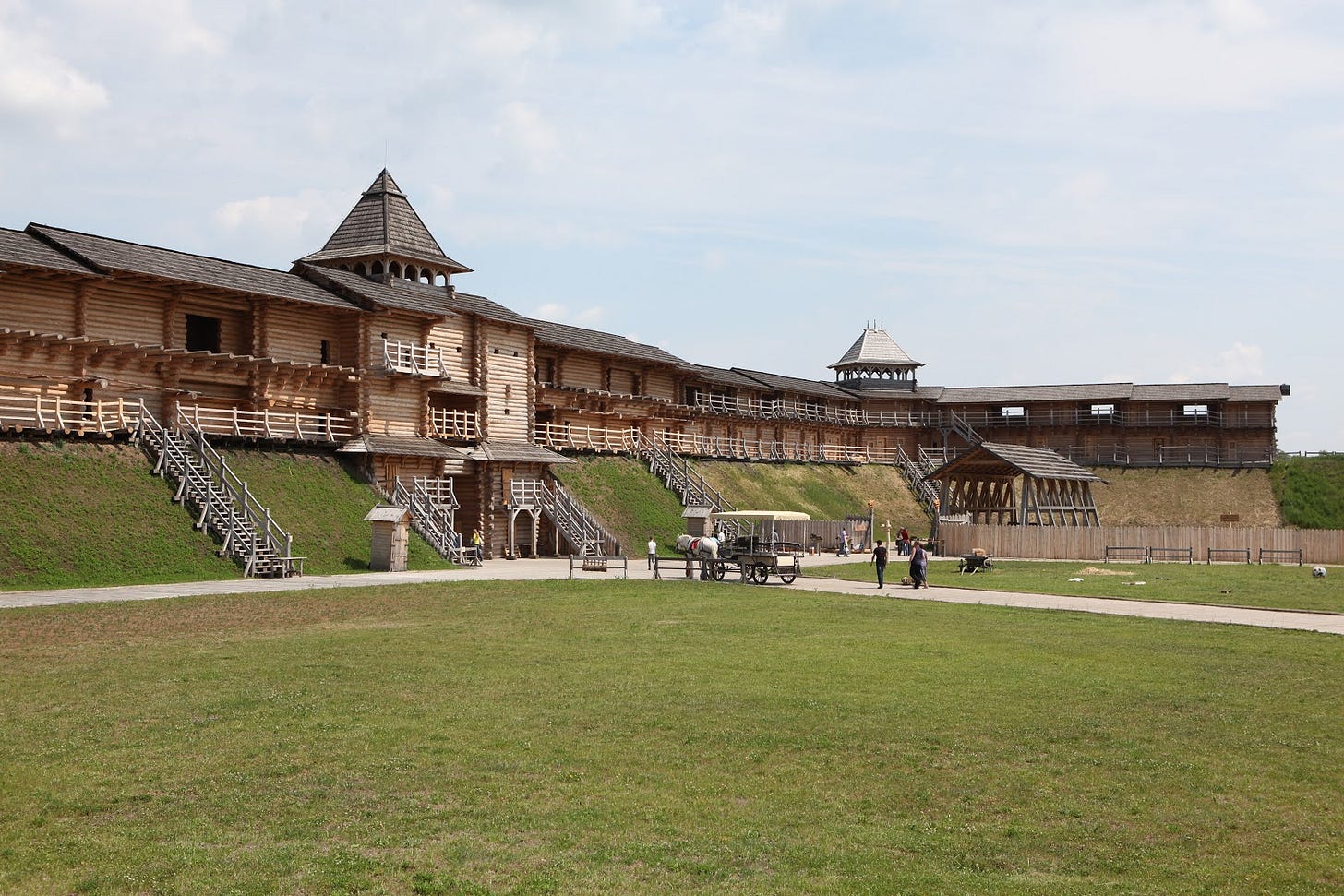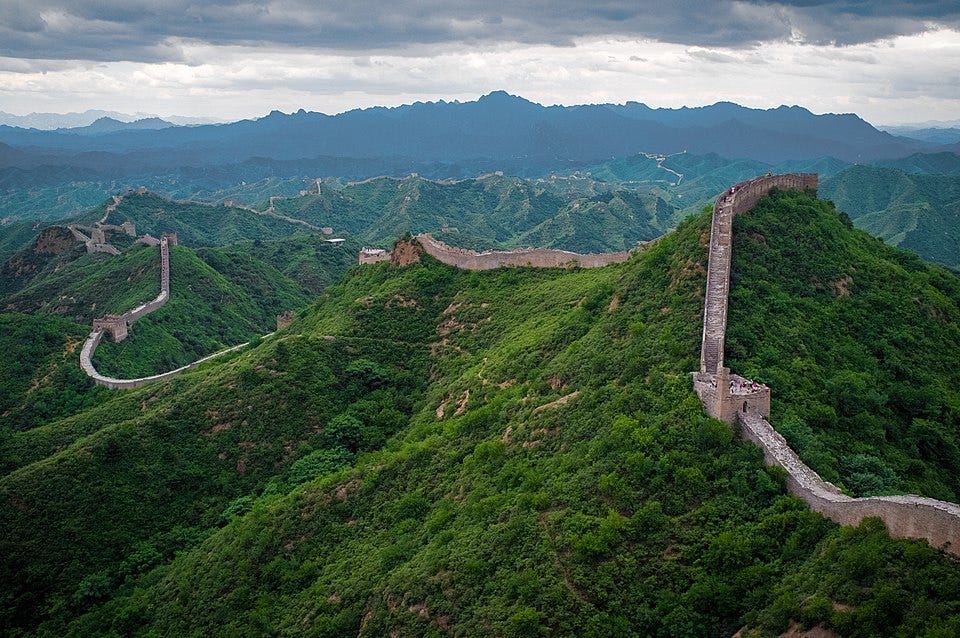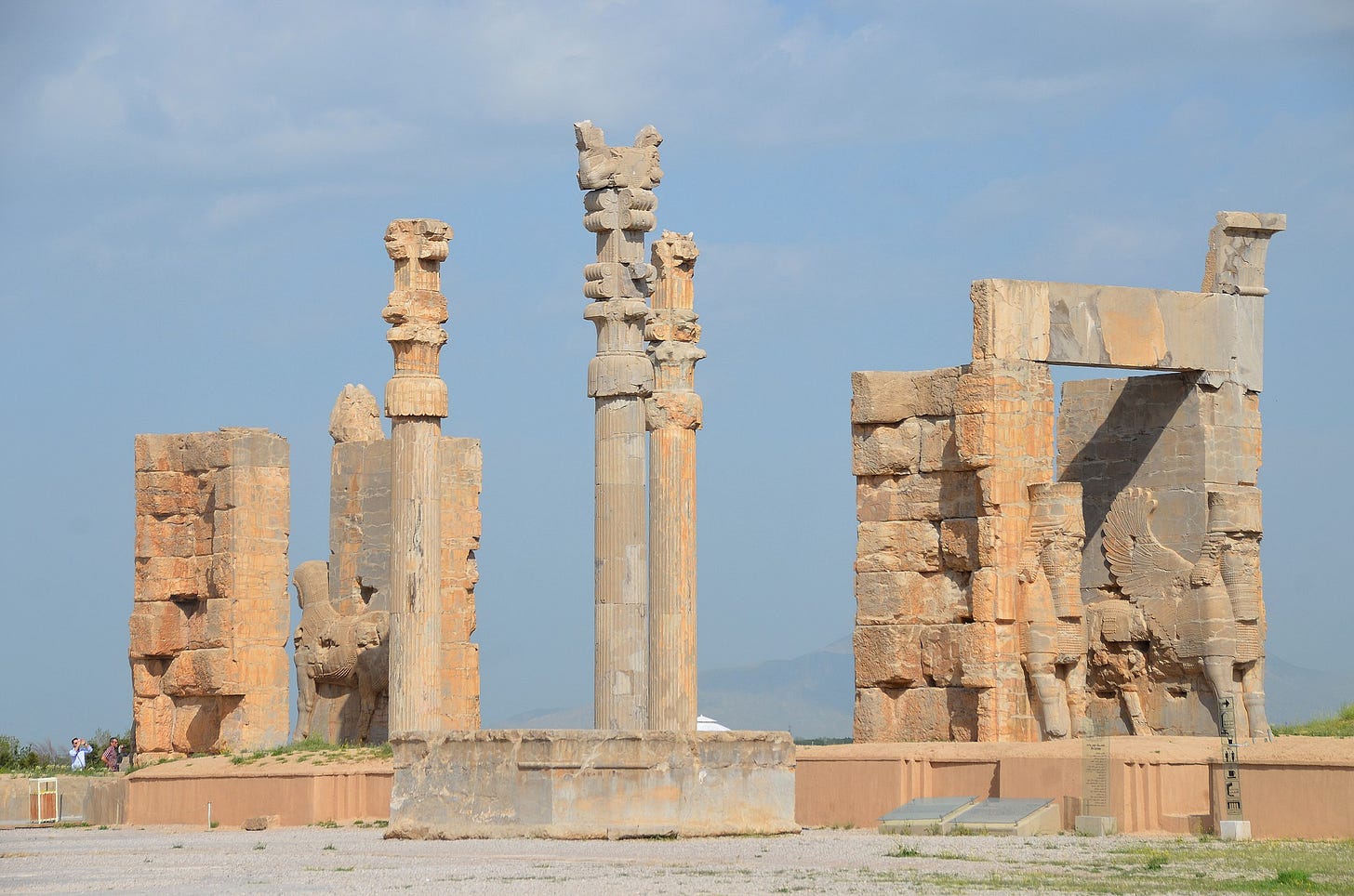History and Modern Rivalries
Understanding the National Identities of China, Iran, and Russia
Why does Russia view Ukraine not just as a neighbor, but as rightfully belonging to it? Why does China speak of Taiwan’s return as a matter of national destiny? Why has Iran weathered decades of pressure without backing down? These questions don’t have satisfying answers if we only look at national security or economic interests.
To understand the decisions of these states, we have to understand how they see themselves: not just as countries, but as civilizations with centuries of history. These historical narratives shape how leaders interpret threats and define national success. The United States, by contrast, defines itself through civic ideals: liberty, equality, constitutional government. This difference is more than philosophical. It has real consequences for how conflict is managed and prevented, or misunderstood.
A civilizational identity means a nation sees itself not simply as a state among others, but as part of a long historical continuum. It gives leaders a sense of mission that transcends administration or regime. For countries like China, Iran, and Russia, historical memory shapes what counts as a loss, what recovery looks like, and what must be defended at all costs.
China’s recorded political history goes back over 3,000 years to the early Zhou dynasty (c. 1046–256 BCE), with a semi-mythological dynasty stretching back to 2000 BC. Chinese writing is even older, and China has unbroken cultural and bureaucratic traditions stretching through the successive dynasties that have ruled it over the centuries.
The idea of China as the “Middle Kingdom” (Zhongguo) reflected its central role in East Asian civilization. But in the 19th and early 20th centuries, China suffered a “Century of Humiliation” (1839–1949), marked by war and concessions to European colonial powers, and Japanese occupation. This period ended with the Communist victory in the Chinese Civil War in 1949. Since then, the Chinese Communist Party has positioned itself as the guardian of national revival.
President Xi Jinping’s “Chinese Dream” is explicitly about restoring China’s rightful place in the world, economically, politically, and symbolically. Taiwan is central to this mission. Though the Republic of China government fled to the island in 1949 after losing the civil war, Beijing sees it as a break in civilizational continuity. The goal of “reunification” is not simply territorial, it is moral and historical. American policymakers who seek a more aggressive Taiwan policy than “strategic ambiguity” often miss how deeply identity-bound the issue is for Beijing.
Iran’s identity draws from two overlapping timelines: the legacy of the ancient Persian Empire and the more recent Islamic revolution. The Achaemenid Empire, founded by Cyrus the Great in 550 BCE, was one of the largest and most sophisticated empires in antiquity, stretching from the Balkans to the Indus Valley (modern-day Pakistan).
Its successors, the Parthians (247 BCE–224 CE) and Sassanids (224–651 CE), kept Persian political and cultural identity alive for over a millennium until the Islamic conquest in 654 CE. The Parthian empire controlled part of the ancient Silk Road and was regarded as a rival to the Roman Empire.
The centuries after the Muslim conquest were marked by rule by a succession of outside empires, with a break from the 9th to 11th centuries ruled by Persian Muslim rulers. Iran was incorporated into the Turkic Timurid and Seljuk empires and the Mongol Empire. In the 18th century, a dynasty led by Nader Shah expanded across the Iranian plateau, creating what was one of the world’s most powerful empires at the time. Through all this time, Iran maintained its cultural distinctiveness.
The 1979 Islamic Revolution brought another layer to that identity: a Shi’a Islamic republic positioning itself against Western imperialism and Sunni hegemony. Iran sees itself as the spiritual center of resistance, fusing ancient imperial pride with religious mission. This dual identity explains both Iran’s regional ambitions and its resilience. The country has endured sanctions, isolation, and cyberattacks, but its leadership frames endurance as martyrdom and defiance.

Russia’s civilizational arc began more recently, but is no less influential. The foundations lie in Kievan Rus’, a federation of Slavic tribes centered in modern-day Ukraine founded in the late 9th century with its capital in Kyiv. With the Christianization of Rus’ in 988 CE, Orthodox Christianity became a central element of Russian identity. After the Mongol invasions (13th century) and the overthrow of the Golden Horde, Moscow emerged as the “Third Rome,” inheriting the mantle of Byzantium after Constantinople fell in 1453.
The Tsardom of Russia was formalized in 1547, and by the 18th century, Peter the Great had declared the Russian Empire. During this period, Russia expanded from a stronghold in eastern Europe, across northern Asia, and down into Central Asia. Russia’s power rested on sheer size and its system of slavery (serfdom); it remained undeveloped relative to its European rivals. The abolition of serfdom and the increasing influence of socialism in the late 19th century signaled change.
The empire ended with a revolution, civil war, and a rise to power of the Bolshevik faction in the 1920s. The Soviet era (1917–1991) replaced monarchy with Marxism but preserved the impulse toward great power status and ideological mission. After the breakup of the Soviet Union in 1991, Russia faced an identity vacuum.
Putin’s rise in 1999 marked the return of a narrative that blended Orthodox faith, imperial nostalgia, and nationalism. The annexation of Crimea in 2014 and the 2022 invasion of Ukraine were not just strategic gambits: they were framed as restoring a historical and spiritual unity. Ukraine, once the cradle of Russian civilization, is seen as an integral part of the Russian world.
In contrast, the United States defines itself not through civilizational lineage but through shared civic ideals. Founded in 1776 on Enlightenment ideals, it positions legitimacy in the rule of law, individual rights, and government by consent. American nationalism is built on principle, not blood or soil. That’s a strength, but also a vulnerability. It leads to assumptions that other nations operate on the same logic, that material incentives and democratic norms are universal. But for civilizational states, decisions often reflect deeper goals: redemption, unity, honor, destiny.
These differences can lead to costly misunderstandings. U.S. policy has underestimated the depth of Russian attachment to Ukraine, misjudged the resilience of the Iranian regime under pressure, and misunderstood the importance of Taiwan to China’s national story. This isn’t just about bad analysis, but about a deeper failure to grasp how rivals interpret their place in history.
During the Cold War, policymakers like George Kennan offered a different model. Kennan’s Long Telegram (1946), which outlined an aggressive containment strategy that would define American Cold War policy, was shaped not just by ideology but by cultural knowledge. Kennan had studied Russian history and understood its patterns of insecurity and expansion, and Russia’s tendency to expand its frontiers to ensure the security of the motherland. That gave his policy recommendations a clarity that’s often lacking today.
Understanding civilizational identity does not mean surrendering to it. The United States doesn’t need to mimic this approach, and, based on recent history, the U.S. model is very successful. But it does need to see these forces clearly. That requires more than intelligence reports; it requires historical literacy and cultural awareness.
Strategy begins with the ability to see the world as others see it. In dealing with civilizational states, that means understanding that they are not simply defending interests, but are also acting out deeper narratives measured in centuries that will not disappear under pressure alone.




